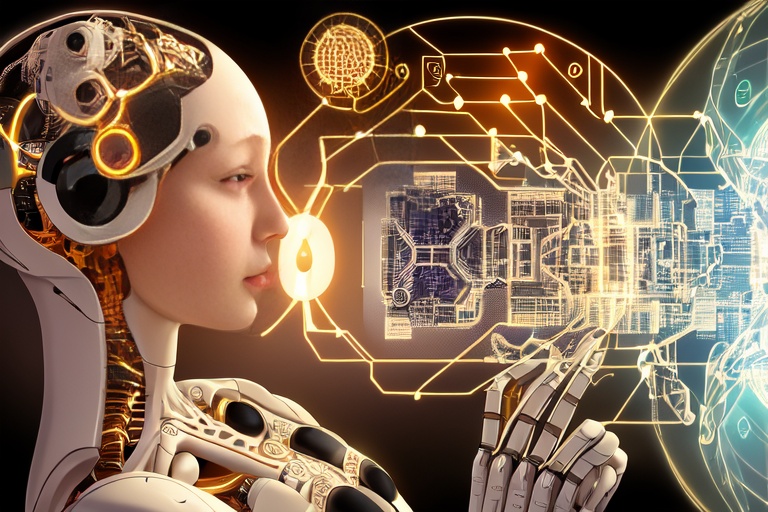Artificial intelligence (AI) is no longer just the subject of science fiction or a future promise. It is here and now, subtly interwoven into our daily activities and decisions. As a transformative force, AI has the potential to change everything from the way we live and work to the fundamental structures of society itself. In this exploration, we delve into the many ways AI is already making its mark on day-to-day life, highlighting its pervasive and growing influence.
Artificial intelligence (AI) is no longer just the subject of science fiction or a future promise. It is here and now, subtly interwoven into our daily activities and decisions. As a transformative force, AI has the potential to change everything from the way we live and work to the fundamental structures of society itself. In this exploration, we delve into the many ways AI is already making its mark on day-to-day life, highlighting its pervasive and growing influence.
Engaging with AI: Chatbots and Conversational Interfaces
One of the most recognizable faces of AI in the present day is the chatbot. These AI-powered conversational agents are omnipresent on the web, ready to assist us with a range of tasks. Consider ChatGPT by OpenAI; this cutting-edge chatbot has evolved from handling rudimentary dialogues to performing complex tasks such as writing coherent essays, crafting and rectifying software code, spinning tales, concocting recipes, and answering a barrage of questions. Its adaptability and proficiency render it a prime example of contemporary AI at work.
AI-Powered Search: Meeting the Future of Information Retrieval
The domain of search engines is another area where AI has left a significant mark. While Google remains a popular destination for information seekers, Microsoft has infused Bing with artificial intelligence, creating a revitalized user experience. Bing's new AI features include a chat mode, which brings a more engaging and conversational dynamic to the search process. With this upgrade, Bing has quickly amassed over 100 million daily users, underscoring the massive potential of AI to elevate our search experiences.
Automating Everyday Tasks with Google Duplex
Google Duplex showcases how AI can simplify routine tasks by automating them with a human-like touch. This AI-driven service proficiently books appointments for you, skillfully imitating human conversation and reacting naturally to various scenarios. Whether you need a dinner reservation or a haircut appointment, Duplex manages these tasks with remarkable ease. Similarly, another innovation from Google designed for Pixel phones, the Hold For Me feature, leans on AI to manage on-hold calls and alert users when a live person is on the line, sparing people from long waits.
Smart Communication: AI at Your Fingertips
Even our methods of communication are not untouched by AI's influence. Gmail users might have already benefited from Smart Compose, an AI-driven tool that proposes fully-formed sentences while drafting emails, based on contextual clues. Likewise, Quick Reply offers instantaneous text response suggestions in both Gmail and Android messaging apps. These tools not only streamline communication but also enhance productivity, reflecting the seamless integration of AI into everyday technologies.
Indeed, these instances are just a glimpse into the vast expanse of AI's reach in our lives. From assistive chatbots in customer service to intelligent features in our communication platforms, artificial intelligence demonstrates an impressive capacity to refine and streamline various facets of our everyday living. As we move forward, we can anticipate even further groundbreaking applications of AI that will invariably influence our future.
In subsequent articles, we will delve deeper into the myriad ways AI is merging with our usual routines. We will uncover how artificial intelligence is revolutionizing different sectors and industries, continually improving efficiency and ease in our lives. Join us as we continue to navigate the ever-expanding landscape of AI and its profound impact on the world we live in.
Information for this article was gathered from the following source.


